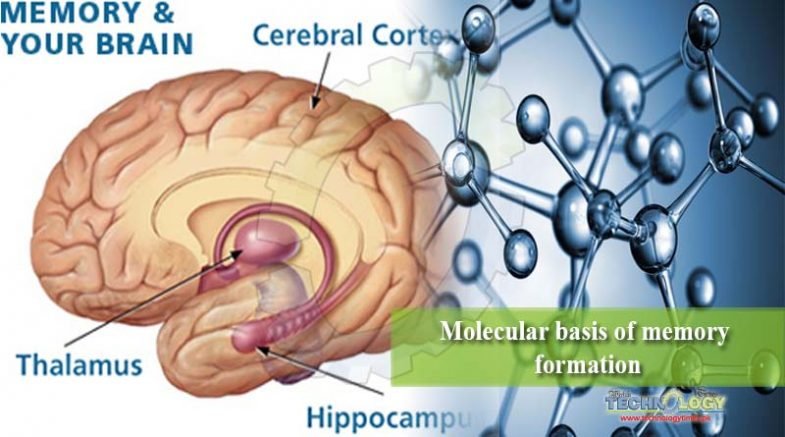Our minds contain thousands of memories from our childhood to the present. Memories are a precious asset for everyone. But what is a memory? How memory formation work? Where and how they are stored and why some memories fade out while others don’t?
 MEMORY:
MEMORY:
Memory us actually a reactivation of a certain group of neurons known as ‘memory neurons’ which basically refers to the nerve cells present in the hippocampus region of brain. Hippocampus is the part of the brain that is involved in the formation and storage of memory. There are lesions in hippocampus which impair the formation of new memories without affecting the older ones.
FORMATION:
In the brain, neurons constantly communicate eachother via synapse. A typical neuron can have thousand or more synapses to communicate with other neurons. These connections are very important for normal brain functioning. These synapses change over time due to a phenomenon known as synaptic plasticity. It is a process that is the basis of learning and memory formation.
It basically describes the persistent changes in the strength of these synaptic connections. These connections are weakened or strengthened with time depending on how often they are used or activated. Continuously activated connections become stronger while others are weakened. New memories are formed when new connections develop or previous connections are strengthened.
Some memories fade out because they are not recalled frequently and hence their connections become weaker and weaker until they are eventually lost. Signals of high frequency or repeated signals tend to strengthen connections over time. This phenomenon is known as long-term potentiation or LTP. It is the cellular basis of memory formation.
STRENGTH OF MEMORY:
The strength of a memory depends on the given stimulus and also on the response shown by the post synaptic neuron, whose response mainly depends on the level of excitability passed on from the pre-synaptic neuron. Repeated stimulation tend to strengthen the connection of neuron over time and lead to the formation of long-term memory.
Mechanism of formation of long-term and short term memory:
A glutamatergic neuron when stimulated triggers the release of glutamate molecules in the synapse which then binds with the specific receptors on the post-synaptic neuron. The receptors are AMPA and NMPA. When a weak signal is transferred, some molecules release and only one of the two gates on the post- synaptic neuron in opened. Na+ ions travel to the inside of the membrane while the other gate remains blocked by the presence of Mg++ ions.
But when a strong signal is sent then more molecules of glutamate are released and more Na+ molecules enter the next neuron and due to the pressure built up by these ions Mg++ moves out of the gate and Ca++ also enter the neuron. Both Na+ and Ca++ are present in the synaptic gap.
There are two phases of LTP;
FIRST PHASE:
Ca++ is a promoter of memory formation. In the first phase, Ca++ is responsible for activating various pathways which further activate kinase proteins. These proteins enhance the synaptic connections by
- phosphorylation of AMPA receptors.
- By bringing more AMPA receptors and
- By enhancing their conductivity for Na+
It is the basis of short-term memory.
SECOND PHASE:
In the second phase, Proteins are made which enhance the formation of new AMPA receptors and expression of proteins to form new dendrites and synaptic connections which leads to the formation of long term memory.
